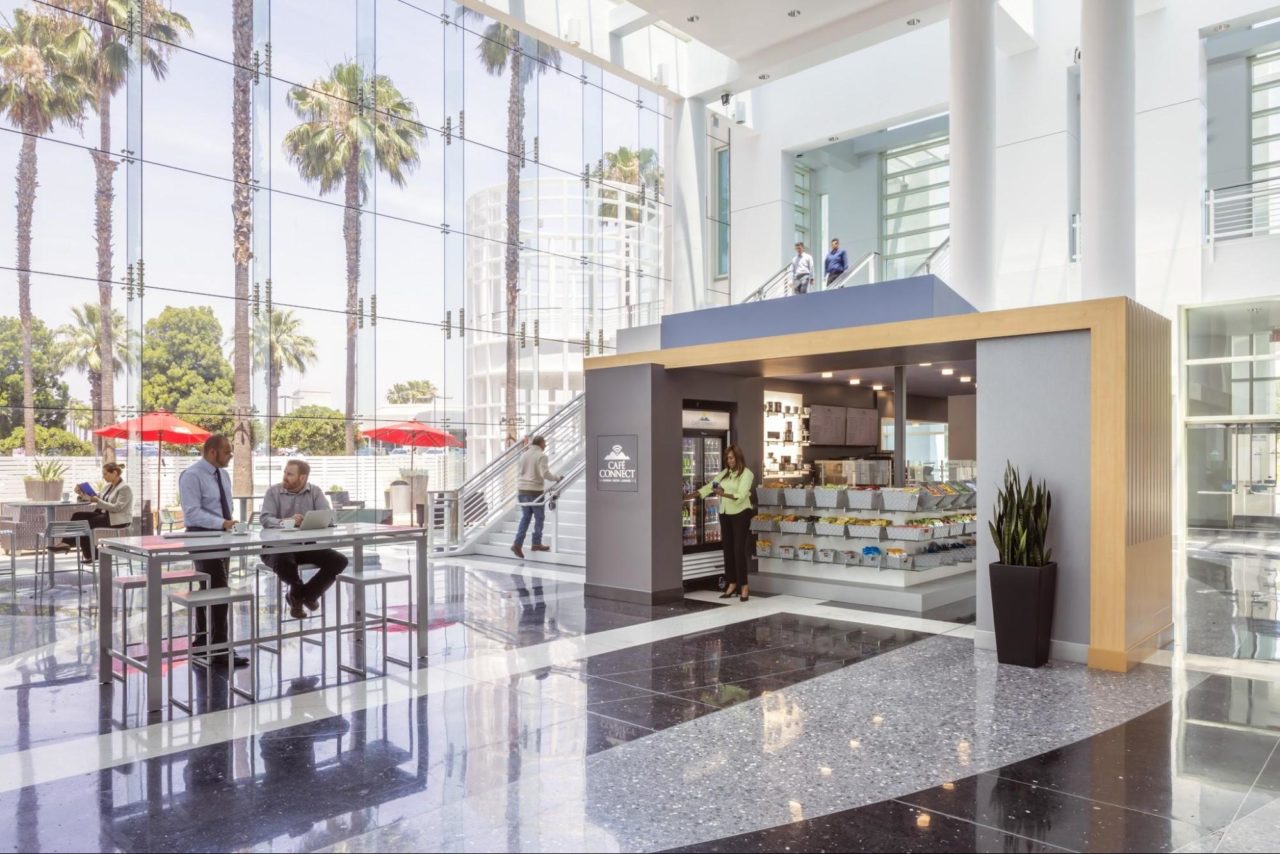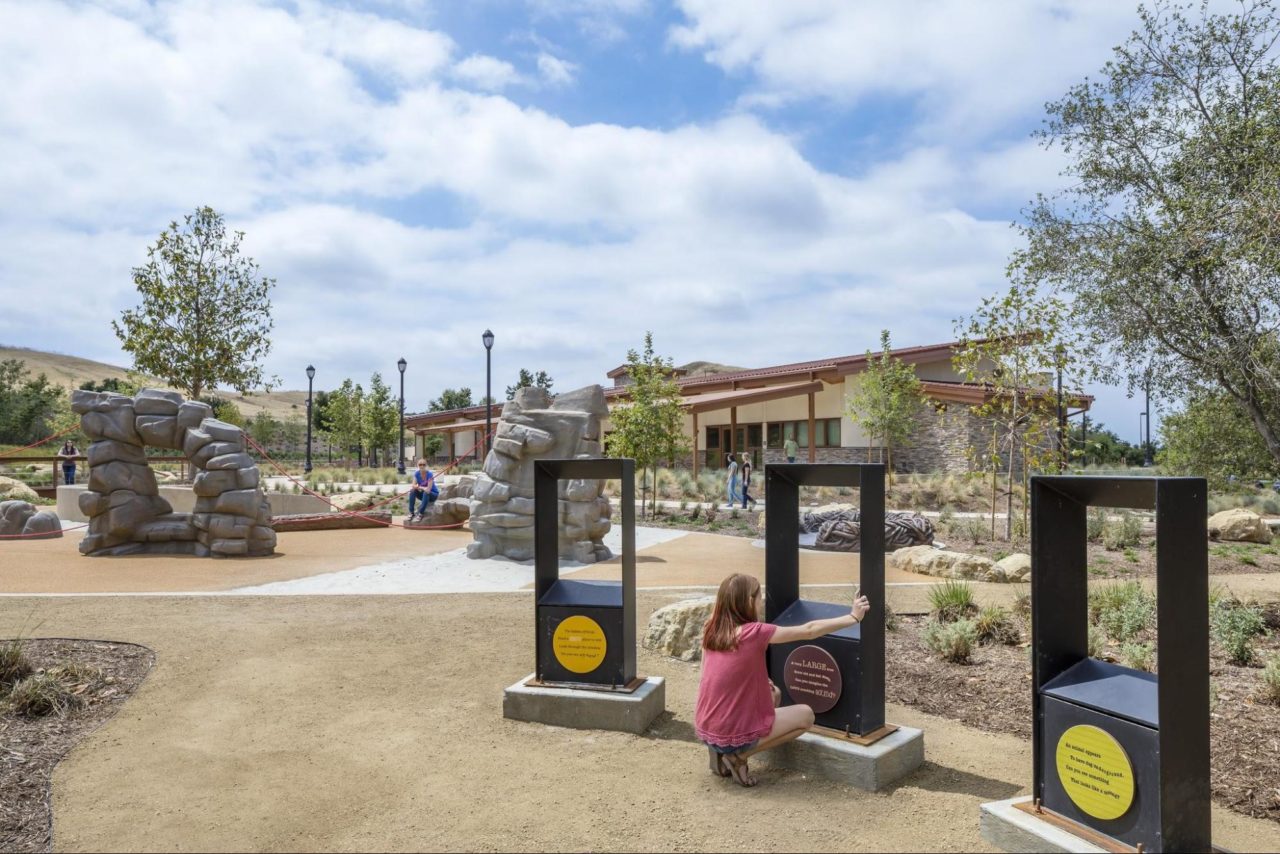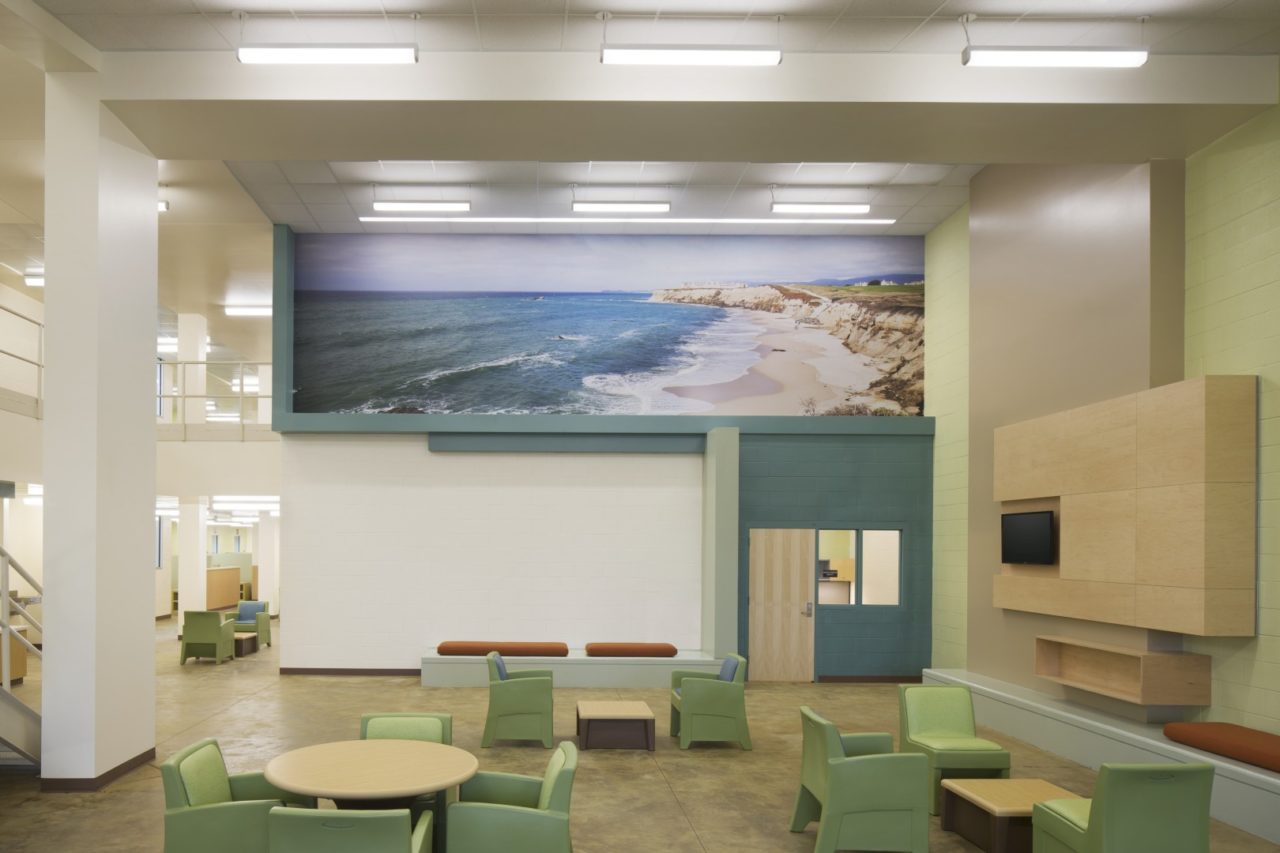Civic buildings have a unique task. Not only do they need to function for staff and the public alike, but they also have the responsibility of representing local history and community values. Civic architecture firms understand this responsibility and work to translate it into the built environment. There are many considerations that come with civic architecture, so it’s important to partner with a firm that understands how to successfully navigate the process, and how these buildings impact the end-users.
The Importance of Civic Architecture
Historically, the architecture of a civic space has set the tone for the rest of the community. These buildings are typically in the center of town, easy to access, and visually make a statement about the community and its values. This visual representation is an important component in civic design and it’s important for the architect to gain a strong understanding of the place and the people it represents. Everything from the shape of the building, material choices, and even orientation on the site can contribute towards the overall message that the building is sending. These decisions should not be taken lightly.
While the look of the building is certainly important, it’s also crucial that it functions well. Civic buildings are unique in that they bring people of a community together, whether it’s for events, business, or duty. They need to be inviting for the public, but also secure for the employees who work within.
Civic Building’s Impact on End-Users
There are many considerations that go into designing a successful civic architecture project. Each facility is certainly unique with its own specific requirements. However, there are a few specific ways that successful civic architecture firms design their projects to impact their end-users:
- Creating a Sense of Place. Creating a sense of place is critical for ensuring that people want to populate a space. Designing a building and its surroundings to create an environment that is safe and welcoming, as well as representative of the community, is something that needs to be assessed at every stage of the design process.
- Anchoring Community. Civic spaces mean increased foot traffic. They can be useful in reinvigorating a struggling downtown or drawing focus to an underutilized region of the city. Civic buildings can become anchors for their community by spurring economic development and becoming a gathering space for a wide range of citizens.
- Function. While civic buildings can certainly be totems for a community, they also need to be functioning facilities. A well-designed civic space is intuitive for the users, with ample wayfinding and comfortable waiting areas for citizens to conduct their business.
- Security. With most every public place, it’s important to consider security needs. Being able to secure the boundary between the public access and employee space is important. Also, it’s critical to allow for entry screening in certain civic building types, such as courthouses or prisons. Creating a space that makes visitors and employees feel safe is a top priority.
Civic architecture firms are designing these spaces for the community, and they need to be conscious of how the end-user is going to be interacting with them. By keeping this in mind throughout the design process, and letting that inform decisions, they’ll be creating a facility that’s unique to the community and a space that citizens can be proud of.
 HMC Architecture and Civic Spaces
HMC Architecture and Civic Spaces
Our design teams understand the importance of civic architecture in the community it’s serving and we have years of experience dedicated to the craft.
The award-winning Quail Hill Community Center in Irvine, California is a great example of using the surrounding landscape as a guide for the look of the building. It was designed to be a gateway to nature, with extensive native landscaping and informational signage to inform the community about the local flora and fauna. Spaces within the building are available for a variety of events and classes, and the whole site is tied into the larger network of trails that serve the community.
At the Las Colinas Detention and Reentry Facility in Santee, California, we had the unique opportunity to create a facility that didn’t just simply house inmates, but created opportunities for them to better their lives. They also participated in programs that helped with rehabilitation and skill-building for reentry back into society. We utilized natural materials and calming color palettes, as well as incorporated ample natural lighting and access to nature, all of which have been proven to have calming and healing effects on humans.
The whole facility was designed to operate similarly to a college campus. This reinforces the ideology of the facility as not simply a place for inmates to serve out their sentences, but a space to learn, grow, and become better citizens.
At HMC Architects, we listen to our client’s needs and understand the value that civic architecture firms bring to a community. We appreciate that every project is unique and are adept at creating spaces that represent a community’s values and traditions. If you’d like to discuss how your project can best serve your community, contact HMC today. For specific questions about how civic architecture firms impact end-users, email Managing Principal, Kyle Peterson directly.




